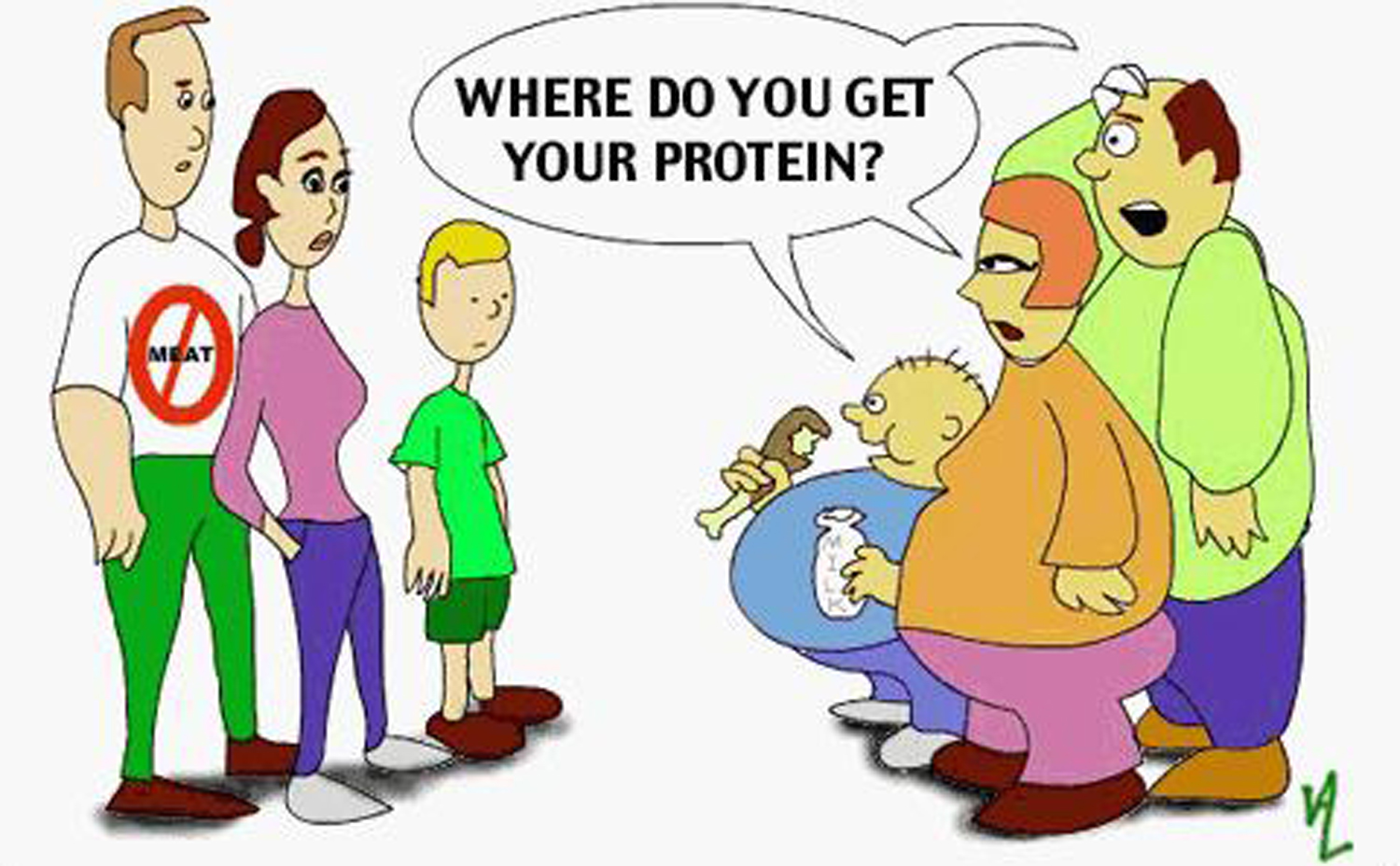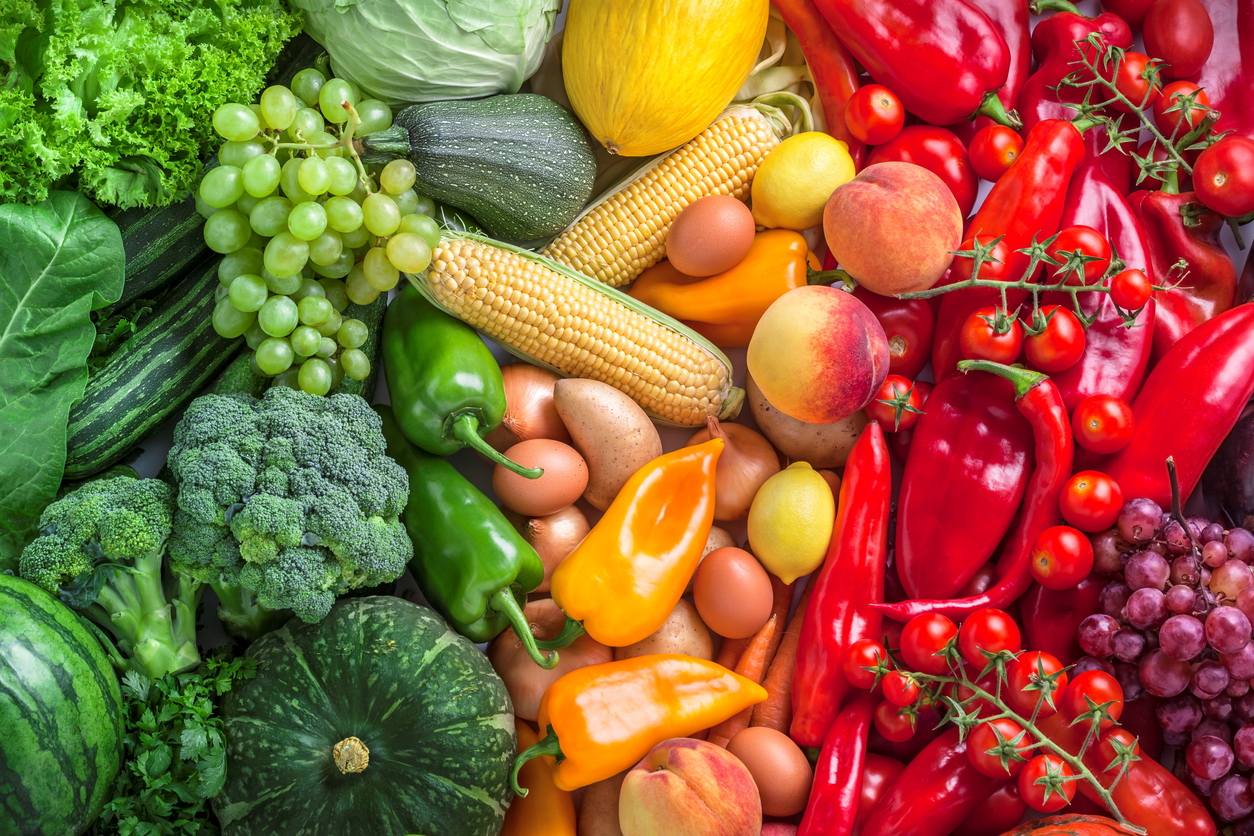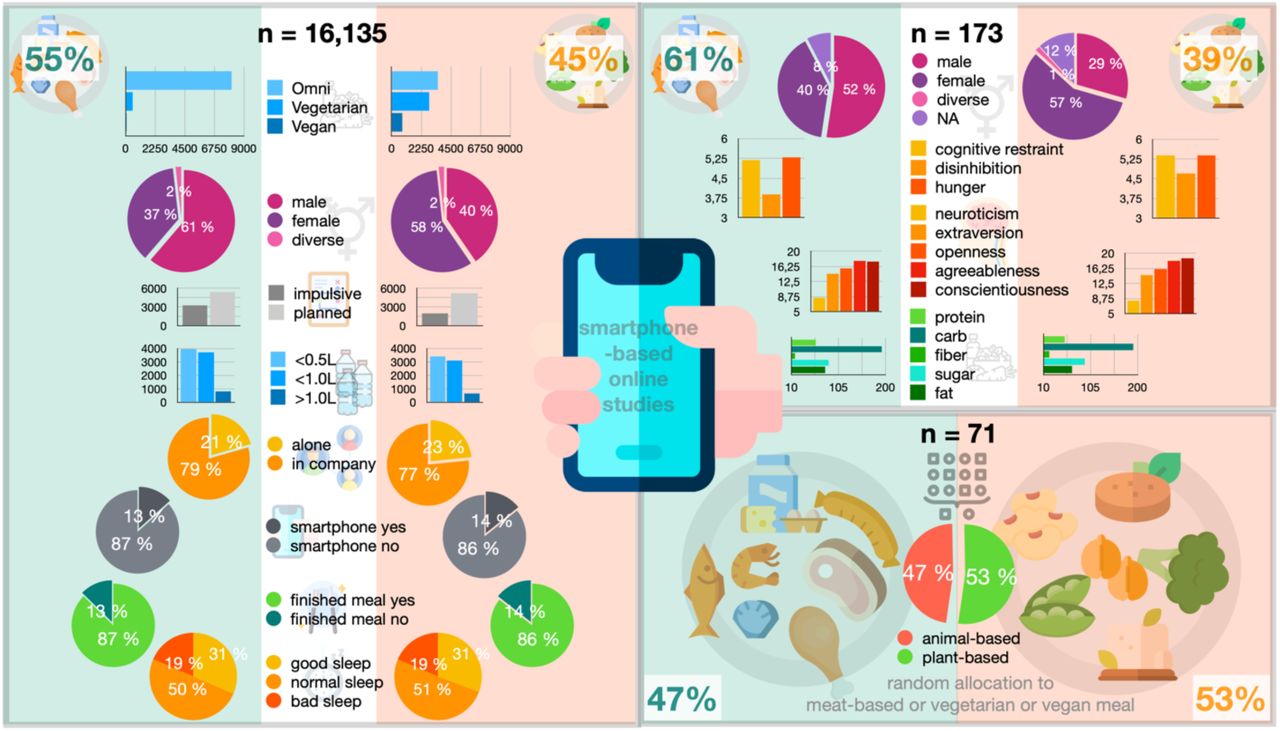
A vegan ketosis food list breaks down foods into macronutrients. Nuts and seeds are rich in fat and protein. Avoid packaged foods that contain added sugars. Vitamins, minerals, fiber, and vitamins can be found in fruits and vegetables. Also, avoid oils and grains that are processed.
Fruits
You must eat lots and lots of fruits while on a vegan ketosis. This is because the majority of the calories in your daily diet will come from fat. Vegans should avoid eating too much fat, especially trans fats. They should be careful to only eat monounsaturated, which has been linked with a lower risk for cardiovascular disease. Avoid highly processed foods that may have added sugar or starches.
When choosing fruits to add to your diet, look for ones with a low sugar content. They are usually included on vegan ketosis food lists. You can also choose to add sweetened mushrooms to your diet if you wish. You can also eat some high-protein veggies, such as avocados and soy products. You will need to calculate your macronutrient intake carefully in order to make vegan ketosis work. You should also consult a doctor to make sure you have reached the right level of ketosis.

The oil is processed
The keto diet is not without its key components, including fat. A keto diet is a good way to get enough fat. It helps your body use fat for energy. Omega-3s and omega-6s are healthy fats that support brain and nerve function. They also reduce the risk of Type 2 diabetics, heart disease, and Alzheimer’s disease. These fats can be substituted for a few carbs.
To enter ketosis you need to eat high-fat foods from plants. You must avoid products made from animals, including dairy, eggs, and cheese. Although a vegan diet is allowed with very few carbs, high fat and low calories, it may include a lot of added sugars and oily products.
Industrial seed oils, which are high in omega-6 fats, are linked to inflammation. Avoid industrial seeds oils if you follow a vegan ketosis diet. Instead, use extra virgin olive oil, which comes from the first pressing of the olives. Avocado oil is another wonderful healthy oil.
Processed grains
A low-carb option can help you eliminate processed grains from your vegan ketosis menu. Many low-carb options exist, but many may contain high levels of fiber or sugar. Keep your daily net carbs under 20 grams. It can be hard to find whole foods high in healthy fats.

Soy-based products contain high amounts of goitrogens which can impact thyroid function. Limiting your intake of soy can help you avoid developing symptoms related to soy. You may experience unexplained weight gain or fatigue and dry skin. Tempeh, a firmer type of tofu is a good alternative. It tastes similar to meat. It can be used in place of ground beef or fish.
Another high-carb alternative is beans and legumes. Beans, legumes, and other high-carb foods are rich in fiber as well as protein. These foods can be consumed in small quantities. You should avoid eating high-fat versions.
FAQ
What should I eat?
Get lots of fruits & vegetables. They are rich in vitamins, minerals, and help to strengthen your immune system. Vegetables and fruits are high in fiber which helps to digest and fill you up. Aim to eat five to six servings of fruit or veg each day.
You should also drink lots of water. Water flushes toxins from the body and gives you a full feeling between meals. Drink about eight glasses each day.
Whole grains are better than refined grains. Whole grains contain all of their nutrients, including B vitamins and iron. Refined grains lack some nutrition.
Avoid sugary drinks. Sugary drinks can be a source of empty calories, which can lead to obesity. Instead, opt for water, milk, or unsweetened tea.
Avoid fast food. Fast food lacks nutritional value. Fast food may be delicious, but it will not give you the energy that you need to perform your tasks properly. Choose healthier options like salads, soups and sandwiches as well as pasta dishes.
Limit your alcohol intake. Alcohol contains empty calories and contributes to poor nutrition. Limit the number of alcoholic beverages you consume per week to no more that two.
Try to cut down on red meat. Red meats have high levels of cholesterol and saturated fat. You should choose lean cuts like beef, pork lamb, chicken and fish instead.
How can I live my best everyday life?
Find out what makes YOU happy. This is the first step in living a life that you love. Once you have a clear understanding of what makes you happy you can go backwards. You can also ask others how they live their best lives everyday.
You can also read books by Wayne Dyer, such as "How to Live Your Best Life". He discusses finding happiness and fulfillment throughout our lives.
What lifestyle is most healthy?
Healthy lifestyles include eating healthy food, regular exercise, good sleep, and avoiding stress. You can live a long and healthy lifestyle if these guidelines are followed.
Small changes to your diet or exercise routine can help you start losing weight. For example, if you want to lose weight, try walking for 30 minutes every day. If you're looking for a way to increase your activity, consider taking up swimming or dancing. A Fitbit or Strava online program that tracks your activity can be joined.
What makes an antibiotic effective?
Antibiotics are drugs that destroy harmful bacteria. Antibiotics are used for treating bacterial infections. There are many types and brands of antibiotics. Some can be taken orally while others can be injected. Others are topically applied.
Antibiotics can often be prescribed for people who have been infected with certain germs. To prevent shingles, an oral antibiotic may be prescribed to someone who has had chicken pox. Penicillin might also be administered to someone with strep throat. This will help prevent the possibility of developing pneumonia.
If antibiotics are to be administered to children, they must be prescribed by a doctor. Children are at greater risk than adults for developing serious side effects from taking antibiotics.
The most common side effect of antibiotics is diarrhea. Other side effects include dizziness, nausea and vomiting, dizziness, stomach cramps, dizziness, allergic reactions, dizziness, dizziness, stomach cramps, diarrhea, nausea, vomiting, allergy, headaches, dizziness, dizziness, dizziness, stomach cramps, and stomach cramps. These side effects are usually gone once the treatment has finished.
Statistics
- The Dietary Guidelines for Americans recommend keeping added sugar intake below 10% of your daily calorie intake, while the World Health Organization recommends slashing added sugars to 5% or less of your daily calories for optimal health (59Trusted (healthline.com)
- This article received 11 testimonials and 86% of readers who voted found it helpful, earning it our reader-approved status. (wikihow.com)
- WHO recommends consuming less than 5% of total energy intake for additional health benefits. (who.int)
- According to the 2020 Dietary Guidelines for Americans, a balanced diet high in fruits and vegetables, lean protein, low-fat dairy and whole grains is needed for optimal energy. (mayoclinichealthsystem.org)
External Links
How To
What does the meaning of "vitamin?"
Vitamins are organic compounds that can be found in foods. Vitamins help us absorb nutrients in the foods we consume. Vitamins cannot be produced by the body. They must be obtained from food.
There are two types vitamins: water soluble or fat soluble. Water-soluble vitamins dissolve easily when they are dissolved in water. Some examples include vitamin C,B1 and B2 vitamins (thiamine), B2 and riboflavin, B3 and niacin, B6 vitamins (pyridoxine), B6 vitamins (niacin), folic acids, biotin, pantothenic acids, and Choline. The liver and fatty tissues are home to fat-soluble vitamins. Examples include vitamin D, E, K, A, and beta carotene.
Vitamins can be classified by their biological activity. There are eight main types of vitamins:
-
A - essential for normal growth and maintenance of health.
-
C is important for nerve function and energy production.
-
D - necessary for healthy bones and teeth.
-
E - needed for good vision and reproduction.
-
K - required for healthy muscles and nerves.
-
P - Vital for strong bones and teeth.
-
Q - Aids in digestion and absorption.
-
R - necessary for making red blood cells.
The recommended daily allowance (RDA) of vitamins varies depending on age, gender, and physical condition. The U.S. Food and Drug Administration has established the RDA values.
For example, the RDA for vitamin A is 400 micrograms per dayfor adults 19 years or older. Pregnant women require 600 micrograms daily to support fetal development. Children ages 1-8 require 900 micrograms per day. For infants younger than one year, 700 micrograms are required daily. However, this number drops to 500 micrograms each day for children aged 9-12 months.
Children between the ages of 1-18 need 800 micrograms per daily for obesity, while those overweight require 1000 micrograms. To meet their nutritional needs, children underweight and obese need 1200micrograms.
Children between 4-8 years of age who have been diagnosed by anemia must consume 2200 micrograms daily of vitamin C.
2000 micrograms daily is required for adults over 50 to maintain their general health. Women who are pregnant or breastfeeding need 3000 micrograms per day due to increased nutrient requirements.
1500 micrograms are required daily by adults over 70 because they lose approximately 10% of their muscle each decade.
Women who are pregnant or lactating need more than the RDA. Pregnant women need 4000 micrograms per dayduring pregnancy and 2500 micrograms per day after delivery. Breastfeeding moms need 5000 micrograms per daily when breastmilk production occurs.